“Bait dogs” are innocent canines subjected to unspeakable cruelty within the barbaric world of dogfighting. Understanding what bait dogs are is crucial in comprehending the harrowing role these animals play in this illicit and inhumane practice. What are bait dogs? They are non-aggressive dogs deliberately chosen for their submissive nature and gentle disposition. These dogs serve as sacrificial victims, enduring brutal attacks and abuse at the hands of those involved in dogfighting rings. Their primary role lies in facilitating the training of fighting dogs, fostering aggression, and desensitizing other canines to violence. What are bait dogs subjected to? They face unimaginable suffering, often experiencing severe physical and psychological trauma without the ability to defend themselves.
What Are Bait Dogs?
Bait dogs are non-aggressive, often gentle canines used in dogfighting rings to train fighting dogs or as victims in fights. Their primary role is to endure attacks and abuse, serving as practice targets or to instigate aggression in other fighting dogs. Bait dogs are tools to desensitize other dogs to violence and encourage aggressive behavior.
These dogs suffer severe physical and psychological trauma, enduring a life of torment and pain. Typically, bait dogs exhibit submissive behavior, have scars or injuries, and show signs of neglect or abuse. Understanding what bait dogs are is crucial in combatting dogfighting and advocating for their protection.
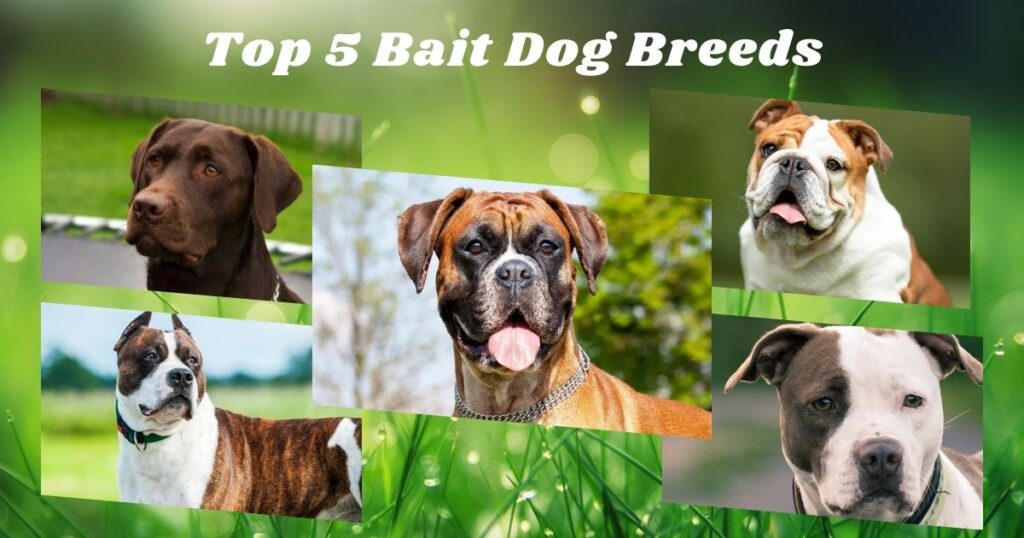
Top 5 Bait Dog Breeds:
While any breed can fall victim to being used as a bait dog, certain breeds are more commonly targeted due to their perceived submissive nature:
- Pit Bull Terriers
- American Staffordshire Terriers
- Boxers
- Bulldogs
- Labrador Retrievers
Understanding the plight of bait dogs is crucial in combating dogfighting and ensuring the protection and welfare of all canines. Awareness, education, and advocacy are essential in putting an end to this cruel practice and providing these innocent animals with the care and compassion they deserve.

1_Pit Bull Terriers:
Pit Bulls are a common choice due to misconceptions about their aggressive nature. They are often unfairly associated with dogfighting due to their strength and history in pit fighting. However, Pit Bulls are typically friendly and loyal dogs, but their physical strength makes them a target for exploitation in dogfighting rings. Their willingness to please humans can also make them more compliant in such horrific situations.

2_American Staffordshire Terriers
Similarly to Pit Bulls, American Staffordshire Terriers, or AmStaffs, are often victims of being used as bait dogs due to their physical strength and muscular build. Despite being affectionate family dogs, their appearance and strength make them appealing to dogfighters who seek submissive and strong canines to serve as bait.

3_Boxers:
Boxers are known for their loyalty and playful nature, but sadly, these qualities can also make them targets in dogfighting operations. Their friendly demeanor and willingness to socialize can lead them into situations where they become prey to those involved in illegal dogfighting, despite their non-aggressive tendencies.

4_Bulldogs:
Bulldogs are known for their muscular build and sturdy stature. While they are generally gentle and good-natured dogs, these traits also make them potential targets as bait dogs. Their loyalty and adaptability, coupled with their physical strength. But it sadly sometimes makes them vulnerable to exploitation by individuals involved in dogfighting.
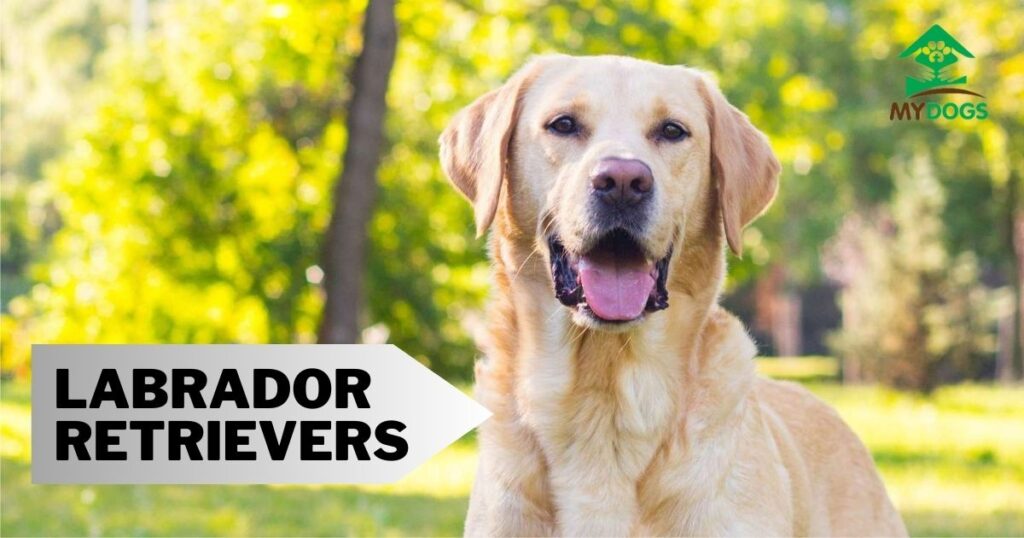
5_Labrador Retrievers:
Labradors are known as one of the most popular dog breeds for their friendly and gentle temperament. Their trusting nature and eagerness to please make them unfortunate targets for exploitation in dogfighting. Their versatility, trainability, and non-aggressive behavior often make them easy targets for those seeking bait dogs.
It’s important to note that any dog, regardless of breed, could become a victim of being used as a bait dog. These above breeds are often targeted due to misconceptions about their behavior, physical strength, and perceived submissive nature. Understanding this sad reality is crucial in combating dogfighting and advocating for the protection of all dogs from such exploitation and cruelty.
How To Identifying The Bait Dogs:
Identifying bait dogs is a crucial step in recognizing and rescuing these innocent victims of dogfighting. These dogs endure immense suffering and often display distinct signs that can help in their identification. Here’s a description of how to identify bait dogs:
Identifying Bait Dogs: Recognizing the Signs:
Bait dogs, unfortunate victims of the brutal world of dogfighting, bear the physical and emotional scars of their traumatic past. Recognizing these signs is essential in offering them the care and protection they desperately need.
- Behavioral Indicators: Bait dogs often exhibit specific behavioral patterns resulting from their experiences. They tend to display extreme submissiveness, fearfulness, and anxiety. These dogs may cower, tremble, or avoid eye contact as a defense mechanism developed from enduring prolonged abuse.
- Physical Signs of Trauma: Visible scars, wounds, and injuries, especially around the head, neck, and legs, are telltale signs of a bait dog. These injuries can range from fresh wounds to healed scars, indicating a history of repeated attacks and abuse. Additionally, they may show signs of malnutrition or neglect, with visible rib cages or a generally emaciated appearance.
Social Behavior Of Bait Dogs:
These dogs often exhibit discomfort or fear around other dogs due to their past experiences of being forced into aggressive encounters. They might display submissive postures, such as tucking their tail between their legs or flattening their body to the ground when approached by other dogs.
- Location and Circumstances: Finding a dog in areas known for dogfighting operations or in situations indicative of neglect, such as being abandoned, tied up with chains, or confined in a secluded area, could suggest the possibility of it being a bait dog.
- Veterinary Evidence: Upon a veterinary examination, signs of untreated injuries, puncture wounds, or evidence of past surgeries performed without proper medical care might indicate a history of being used as a bait dog.
- Emotional Trauma: Bait dogs often show signs of emotional trauma, such as a reluctance to interact with humans or an overall withdrawn behavior. They may be hesitant to trust or approach people, exhibiting signs of fear and distress in unfamiliar situations.
Recognizing these signs and understanding the plight of bait dogs is crucial in rescuing them. To provide these dogs with the necessary care and support for rehabilitation. By identifying and intervening on behalf of these dogs. We take a significant step toward ending their suffering and ensuring they receive the compassion and care they deserve.
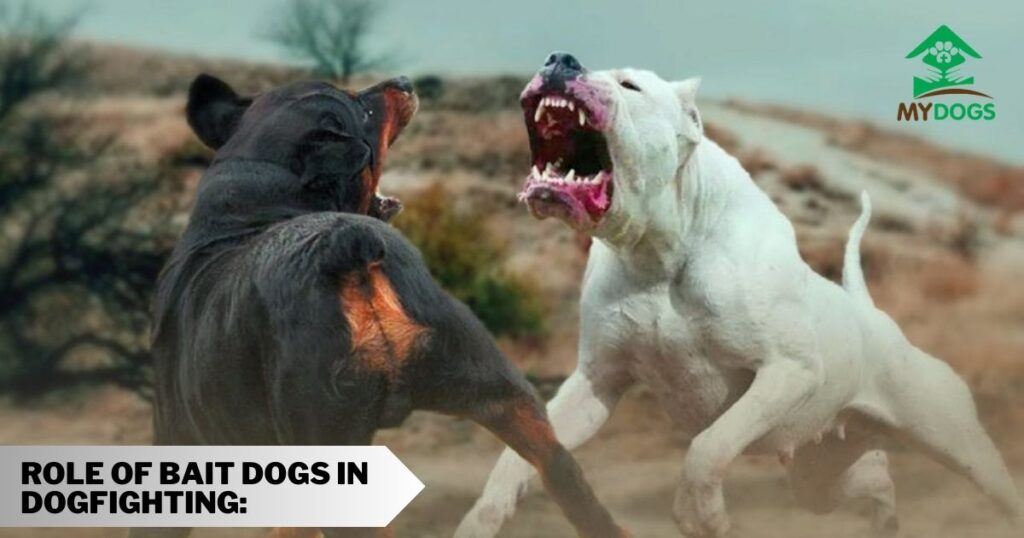
Role of Bait Dogs in Dogfighting:
Training Tools:
Bait dogs are used in dogfighting as tools to train fighting dogs by encouraging aggression and desensitizing them to violence.
Instigating Fights:
They are sacrificial victims used to initiate fights or provoke aggression in other fighting dogs, often suffering severe injuries and trauma.
Victimization:
Bait dogs endure continuous attacks and abuse without the ability to defend themselves, perpetuating their victimization within the brutal world of dogfighting.
Legal and Ethical Implications of Bait Dogs in the USA:
Legislation:
Dogfighting and using bait dogs are illegal in all 50 states of the USA, with laws in place to criminalize these acts.
Enforcement Challenges:
Despite legal frameworks, challenges persist in identifying and prosecuting individuals involved in dogfighting due to the secretive nature of these operations.
Ethical Considerations:
The ethical implications revolve around the moral responsibility to protect animals from cruelty, emphasizing the need for stronger enforcement and awareness to combat this heinous practice.
Rehabilitation and Care for Bait Dogs:
Challenges:
Rehabilitating bait dogs involves addressing physical injuries and deep emotional trauma, requiring specialized care and patience. Each of these topics highlights the complexities and challenges associated with understanding the role of bait dogs in dog fighting, the legal and ethical considerations surrounding their exploitation, and the critical rehabilitation and care needed to help these animals recover from their traumatic experiences.
Rescue Efforts:
Organizations dedicated to rescuing and rehabilitating bait dogs provide medical treatment, behavioral therapy, and a safe environment to aid their recovery.
Support and Care: Bait dogs need comprehensive support, including medical care, socialization, training, and the gradual rebuilding of trust to help them transition into loving and safe environments.
Training Tool: Used to teach aggression and fighting techniques to other dogs.
Initiating Fights: Often used as a sacrificial victim to spark aggression in fighting dogs.
Suffering and Exploitation: Endure continuous physical attacks, often without retaliation, perpetuating their victimization.

How To Handle A Bait Dog?
Encountering a bait dog, a victim of unspeakable cruelty requires a special approach filled with empathy and understanding. These dogs have suffered immensely, both physically and emotionally, and their journey to recovery necessitates patience and gentle guidance.
- Create a Safe Environment: Provide a secure and calm space for the bait dog. Eliminate potential triggers and create a quiet area where they can feel safe and secure. Minimize exposure to loud noises or sudden movements that may cause distress.
- Approach with Caution and Gentleness: Bait dogs often have deep-seated fear and mistrust of humans. Approach slowly, avoiding sudden movements. Speak softly and offer treats to build trust gradually. Allow the dog to approach you at their own pace.
- Establish Routine and Consistency: These dogs thrive on routine and predictability. Establish a consistent schedule for feeding, walks, and interaction. Consistency provides a sense of security and helps them adapt to their new environment.
- Avoid Confrontation and Use Positive Reinforcement: Never use force or intimidation. Positive reinforcement techniques, such as rewarding good behavior with treats or praise, are crucial. Encourage positive interactions to rebuild their confidence.
Most Important:
- Seek Professional Help and Support: Enlist the assistance of a qualified animal behaviorist or trainer experienced in rehabilitating traumatized dogs. They can provide valuable guidance and techniques tailored to the individual needs of the bait dog.
- Patience and Understanding: Understand that progress may be slow, and setbacks are common. Show patience and empathy as the bait dog learns to trust again. Celebrate small victories and provide reassurance during challenging moments.
- Provide Physical and Emotional Care: Offer proper veterinary care for any physical injuries or health issues. Address their emotional needs through gentle interaction, socialization with other calm and friendly dogs (if appropriate), and activities that build confidence.
Remember, every bait dog’s journey to recovery is unique, and healing takes time. Your compassion and dedication can make a profound difference in restoring trust and allowing these dogs to experience the love and care they deserve.
You can explore more articles relation dog Training Click Here:
Conclusion:
In conclusion, comprehending “what are bait dogs” unveils the tragic reality of these innocent animals. Always ensnared in the cruel web of dogfighting. Deliberately chosen for their docile nature, what are bait dogs subjected to? Understanding what are bait dogs is not only about recognizing their plight but also about acknowledging the urgent need for action. It necessitates advocacy, education, and a collective effort to dismantle the vile practice of dogfighting. Make ensure these vulnerable creatures are protected and spared from further exploitation. The resilience and unwavering spirit of bait dogs call upon us to be their voice, standing against injustice. And working tirelessly towards a future where their suffering is replaced with compassion and safety. Embracing this understanding is the first step toward creating a world where these dogs are not victims but cherished companions deserving of love, care, and respect.
FAQ
What to do if dog is baited?
Seek immediate veterinary care for the dog’s injuries. Report the incident to local authorities or animal control. Provide supportive care and a safe environment for the dog’s recovery.
Are bait dogs aggressive?
Bait dogs are often intentionally chosen for their gentle nature and lack of aggression. When they are to be used in cruel training fights.
Do bait dogs have teeth?
Yes, bait dogs typically have teeth like any other dog. However, due to the abuse they endure, their teeth might be damaged or missing as a result of mistreatment in dogfighting operations.
What do dog fighters do with dogs?
Dog fighters train dogs for illegal fights where they’re forced to attack and maul each other for entertainment and gambling purposes. They subject dogs to brutal conditioning and fights, often leading to severe injuries or death.
Why do dog fighters use bait dogs?
Bait dogs are used by dog fighters to serve as victims for training fighting dogs. They’re typically non-aggressive and submissive, allowing the fighting dogs to practice aggressive behaviors without much resistance. Bait dogs are used to desensitize and train fighting dogs to attack and inflict harm on other animals.

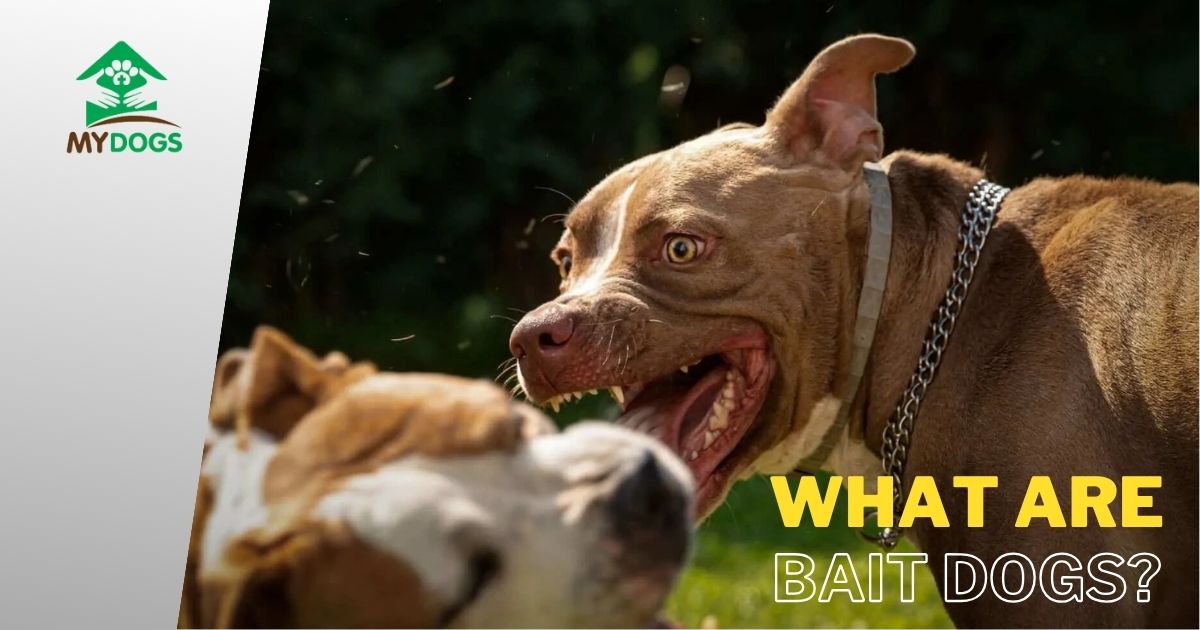
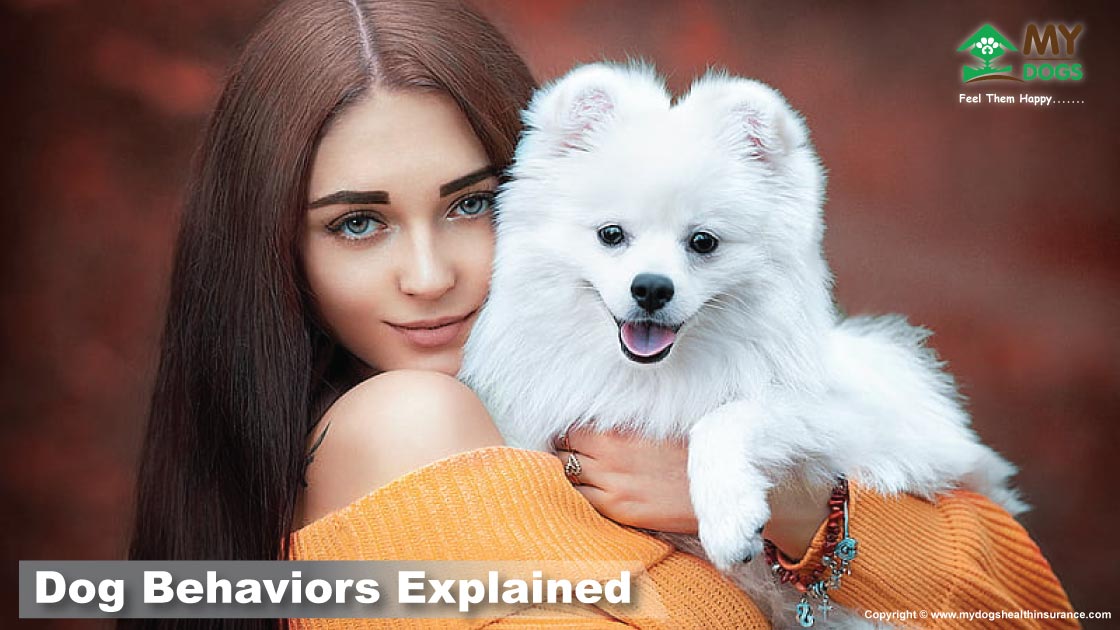

Pingback: What Are Bait Dogs & Top 5 Breeds of Bait Dogs – Articla District – Bloggers Unite India
Pingback: What Are Bait Dogs – Article Shore – Bloggers Unite India